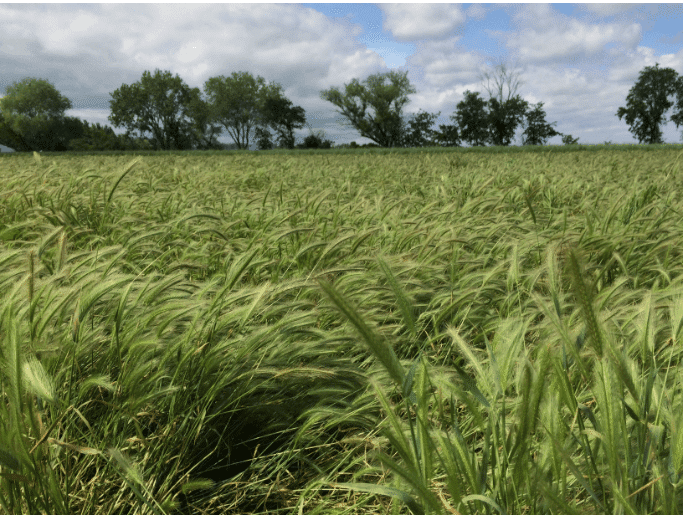
Alkali Barley
Hordeum depressum
This is an annual grass that grows between 1 to 2 feet tall. It is used for habitat restoration and as a cover crop. This grass prefers full sun and is typically found in grasslands, prairies, and disturbed areas.
- Growing Region: Pacific Northwest, Intermountain West, California
- Blooms:
- Life Form: Grass
- Application Type: Habitat Restoration, Land Reclamation
- Height: 0-1 ft
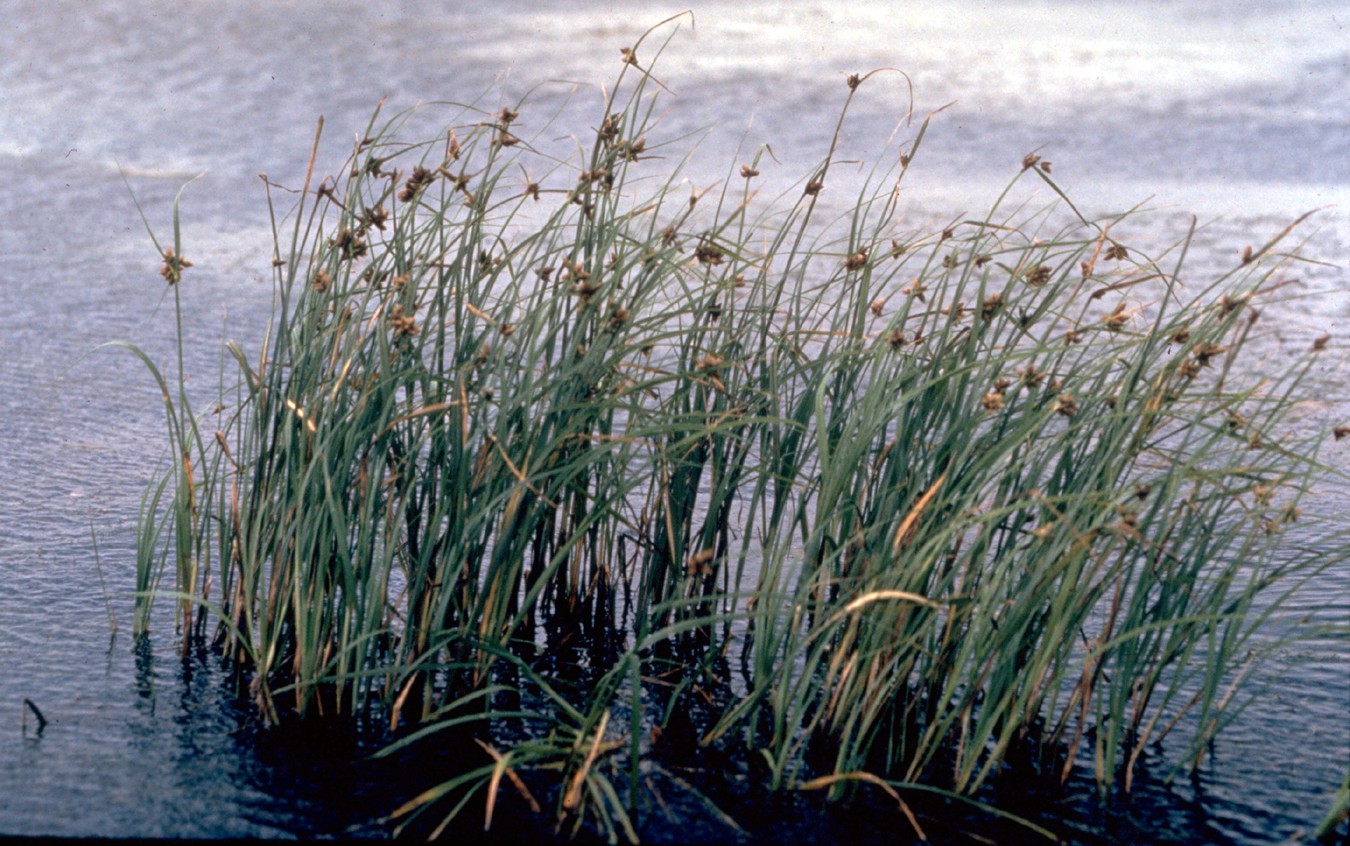
Alkali bulrush
Schoenoplectus maritimus
Cool season, stout, rhizomatous, native, grass-like perennial occurring in wet alkaline or saline soils in meadows, marshes or near waterways. Valuable for providing cover for waterfowl and shore birds. Recommended for reclamation of mud flats, bogs, or other areas adjacent to shallow or stagnant water.
- Growing Region: Pacific Northwest, California
- Blooms:
- Life Form: Grasslike
- Application Type: Habitat Restoration, Land Reclamation
- Height: 1-3 ft
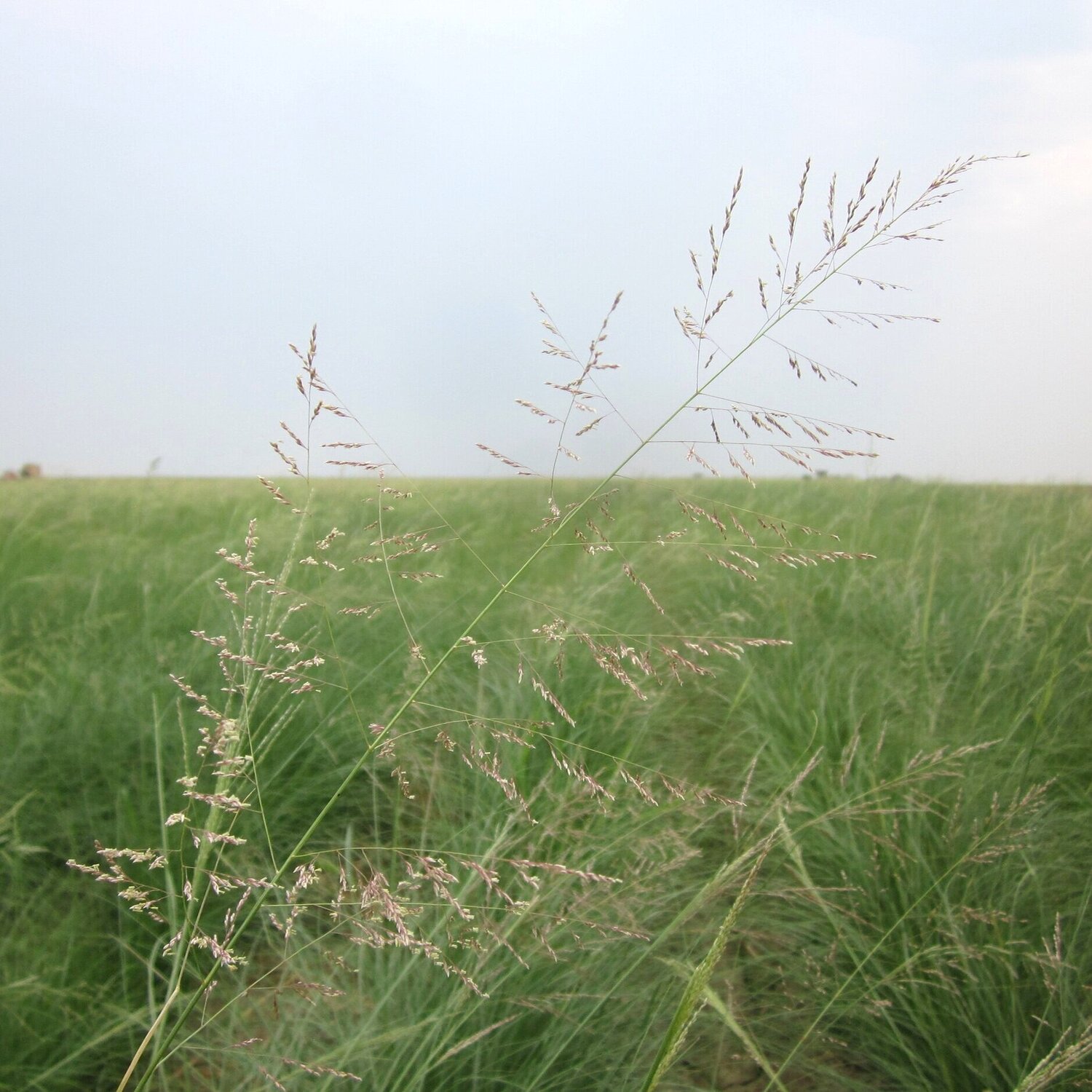
Alkali sacaton
Sporobolus airoides
Warm season, perennial bunchgrass with an extensive fibrous root system. Performs best on deep, moist, fine textured soils but will persist on coarser soils on dry sites. Tolerant of a wide range of soil pH. Capable of thriving on both saline and non-saline sites, sometimes becoming abundant. Versatile, tolerant of both drought and water inundation once established. Recommended for seeding disturbed saline soils and as a soil binder. Palatable to livestock and wildlife and provides valuable cover and food for birds, jackrabbits and other small mammals. Tolerant of moderate grazing.
- Growing Region: Intermountain West, Southwest
- Blooms:
- Life Form: Grass
- Application Type: Habitat Restoration, Land Reclamation
- Height: 1-2 ft
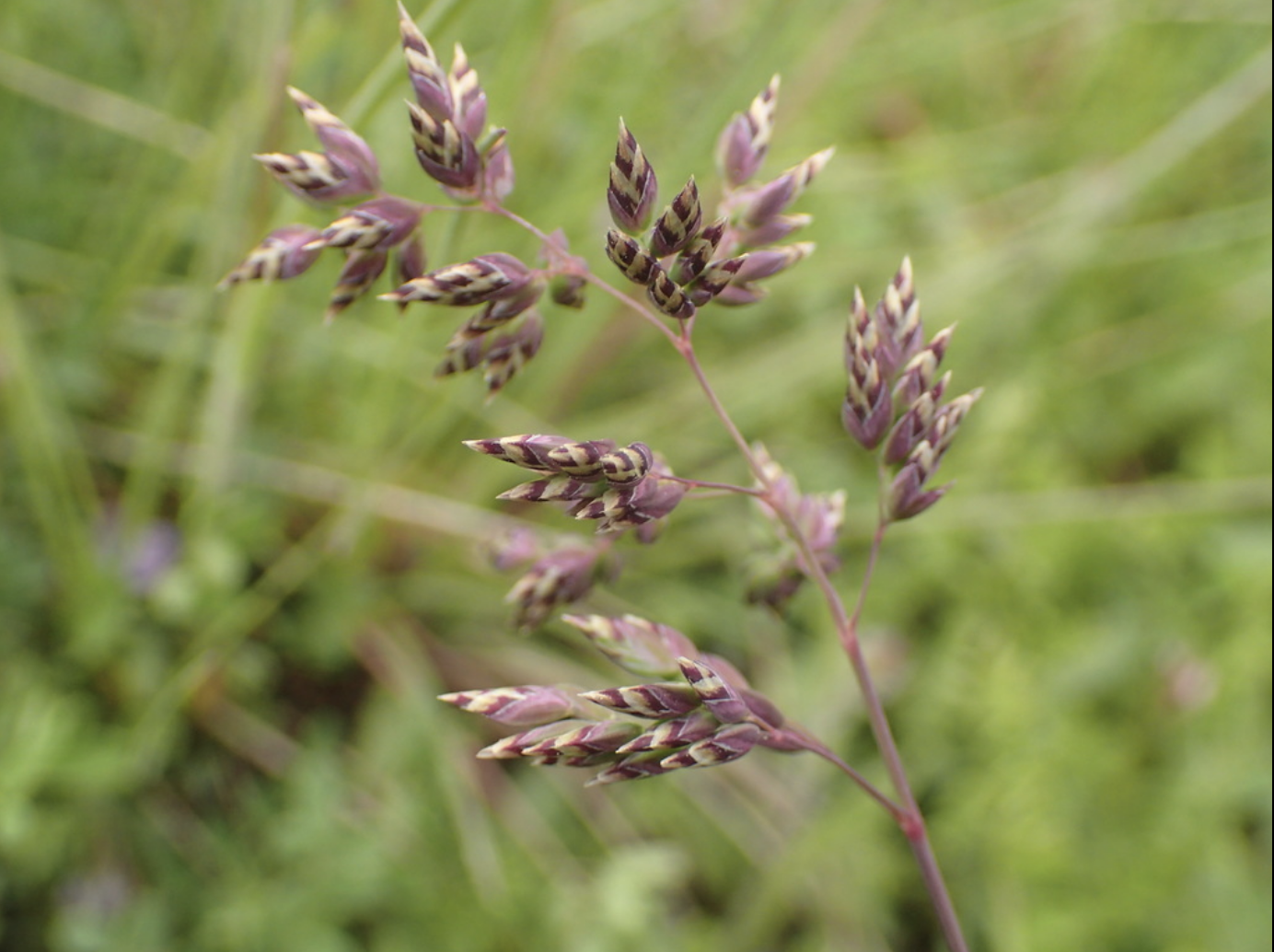
Alpine bluegrass
Poa alpina
Short, densely tufted, Cool season perennial bunchgrass adapted to subalpine and alpine slopes and meadows. Wide variety of soils from clay to gravel. Leaves form a dense mat providing good soil cover. Good palatability for wildlife but does not produce a lot of forage. Useful for revegetating high elevation rangelands
- Growing Region: Intermountain West, Pacific Northwest
- Blooms:
- Life Form: Grass
- Application Type: Habitat Restoration, Land Reclamation
- Height: 0-1 ft

Alpine timothy
Phleum alpinum
Short, Cool season, perennial native bunchgrass sometimes forming a sod. Occurs at high elevations in northern latitudes from 4,000-12,500 ft. Prefers mountain meadows, bogs and streambanks in well-drained to poorly drained soils. Provides good forage that stays green throughout the summer and late season. Used to revegetate roadsides, ski slopes and mines.
- Growing Region: Southeast, Midwest
- Blooms:
- Life Form: Grass
- Application Type: Agricultural Conservation, Erosion Control, Habitat Restoration, Land Reclamation
- Height: 1-2 ft
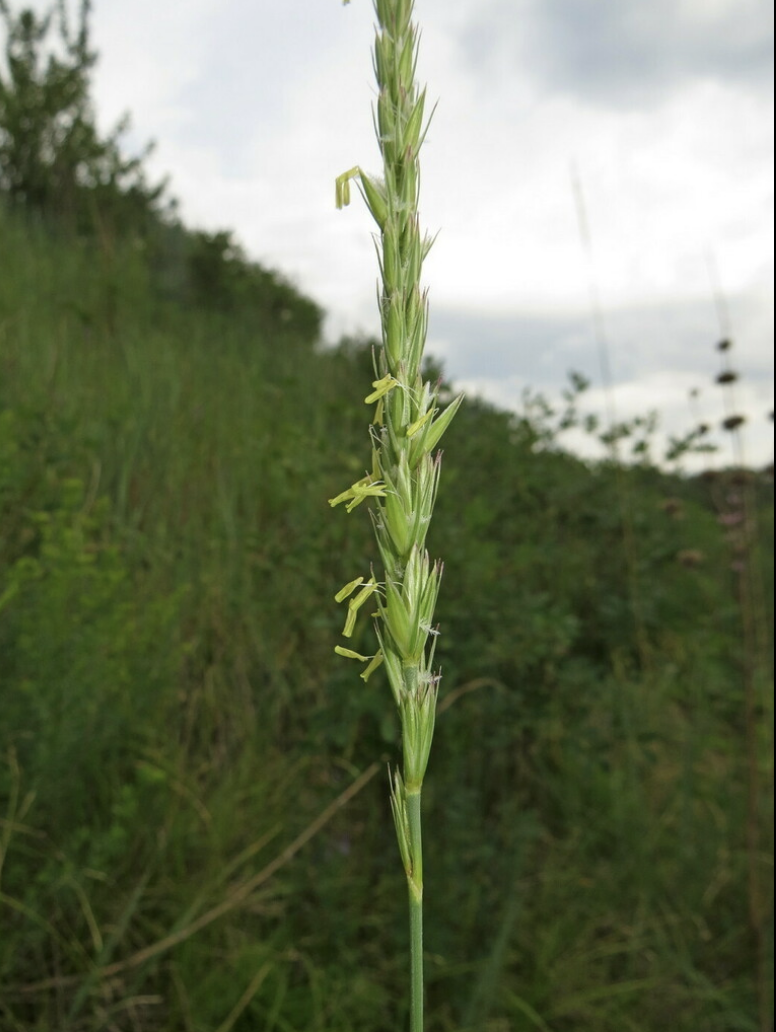
Altai wildrye
Leymus angustus
Formerly Elymus angustus. Robust, Cool season, long-lived, perennial bunchgrass with short creeping rhizomes. Well adapted to loam and clay soils, drought tolerant and extremely salt and alkaline resistant. Excellent winter hardiness. Root system may extend to 14 ft. below the surface, making it useful for soil stabilization. Excellent forage, especially in winter when plants stand above the snow surface available for grazing. Nearly as productive as Tall wheatgrass (Thinopyrum ponticum) on saline soils.
- Growing Region: Pacific Northwest, Intermountain West
- Blooms:
- Life Form: Grass
- Application Type: Agricultural Conservation, Erosion Control, Habitat Restoration, Land Reclamation
- Height: 1-4 ft
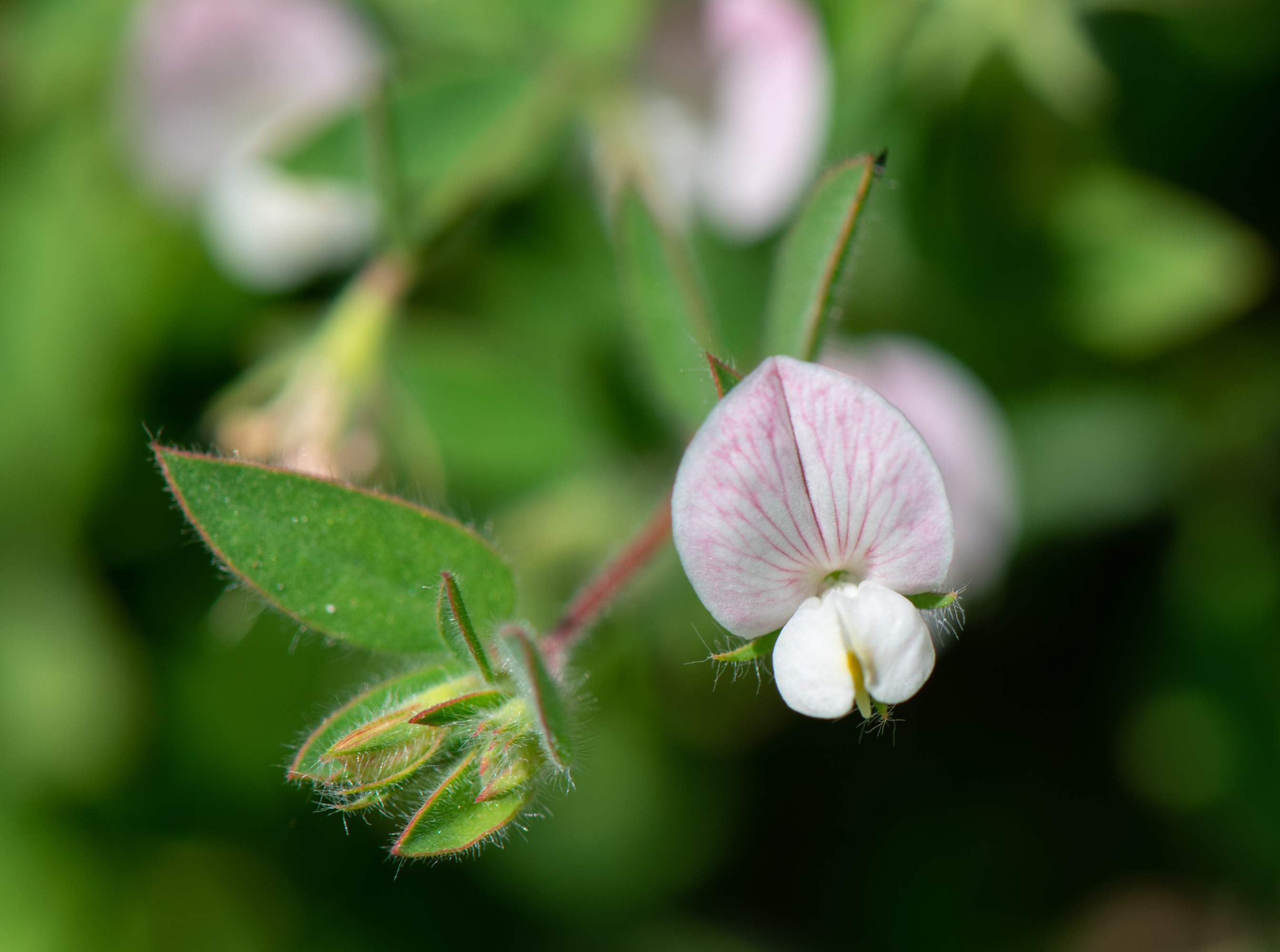
American Birdsfoot Trefoil
Acmispon americanus
Acmispon amiericanus is a native annual herb in the Fabaceae (Legume) family that grows in Northern, Southern and Central California in most habitats except desert. It tends to grow in streambanks and wet places, at elevations from sea level to 7,900 feet, often in disturbed areas. As with other members of this genus, it is not often used in gardens but is useful for restoration projects.
- Growing Region: California, Southwest
- Blooms:
- Life Form: Forb
- Application Type: Habitat Restoration, Land Reclamation
- Height: 0-1 ft
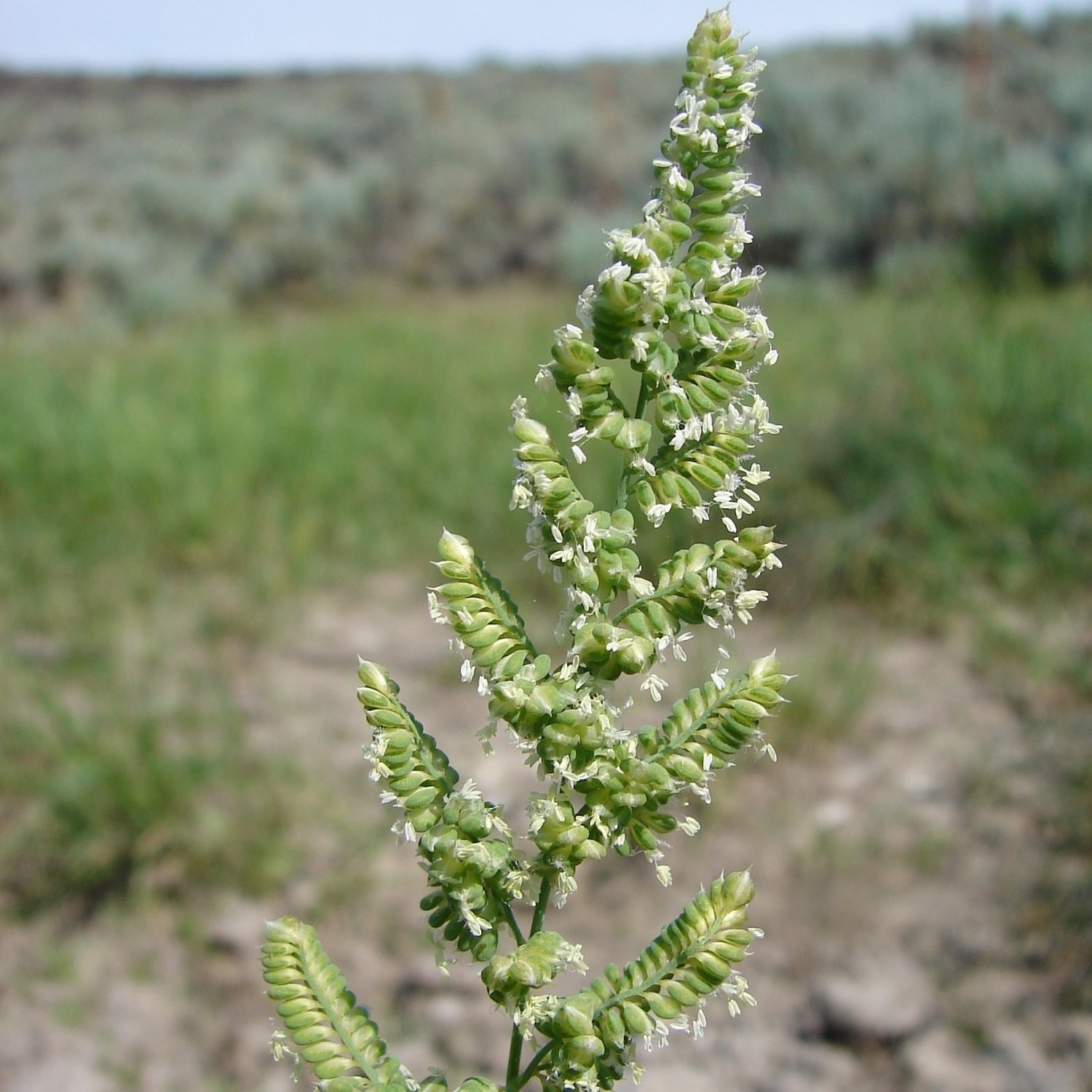
American sloughgrass
Beckmannia syzigachne
Cool season, robust annual or short-lived perennial that may develop short rhizomes. Commonly occurs on wet sites such as ponds, swamps, ditch banks, shallow marshes and sloughs. Prefers clay soils; tolerant of saline soils. Shallow-rooted and able to colonize denuded wetland soils, making it excellent for riparian reclamation. Seeds are eaten by migratory birds. Palatable and frequently used for hay or grazing.
- Growing Region: Pacific Northwest, Intermountain West, Northeast, Midwest
- Blooms:
- Life Form: Grass
- Application Type: Agricultural Conservation, Erosion Control, Habitat Restoration, Land Reclamation
- Height: 1-3 ft
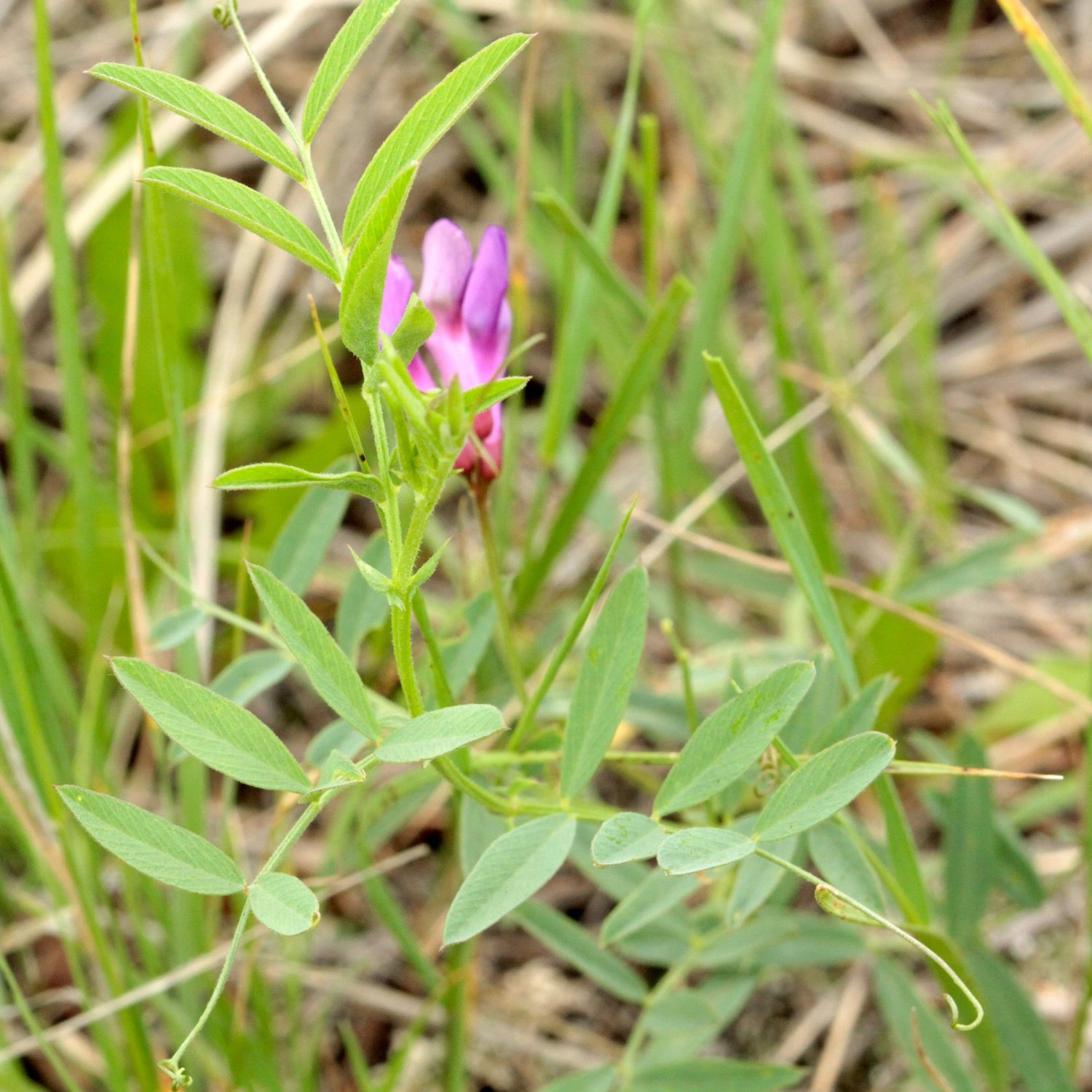
American vetch
Vicia americana
Moderate water requirements, full sun to partial shade. Bluish-purple flowers bloom April through July. Excellent palatability for wildlife and all classes of livestock. Native rhizomatous climbing perennial legume with purple flowers, blooming April to August. Very drought tolerant and widely adaptable, occurring in moist to dry soils of forest openings, meadows, shrublands and streambanks; up to 12,000 ft. elevation. Use for habitat restoration, mining reclamation, arid rangelands and roadsides. Increases following fire. Excellent palatability for all wildlife and ungulates. Important for native pollinators, including wild bees. Larval host of the Western blue tailed butterfly.
- Growing Region: Midwest, Pacific Northwest
- Blooms: Spring, Summer
- Life Form: Forb
- Application Type: Habitat Restoration, Land Reclamation
- Height: 0-1 ft
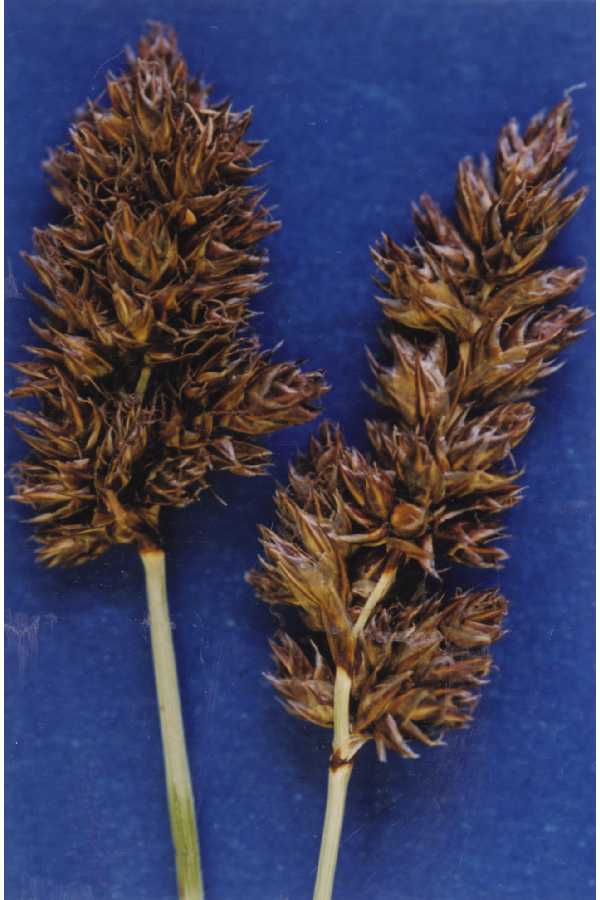
Analogue sedge
Carex simulata
Cool season, rhizomatous, native perennial grasslike common in many western states. Occurs in saturated soils of wet meadows and springs, from foothills to moderate elevations up to 9,000 ft. Often found on gentle slopes below seeps and on flat areas next to streams, sometimes in dense stands. Tolerates partial shade. Well-adapted to soils rich in organic matter but also to fine-textured saturated mineral soils. Useful for wetland and riparian restoration.
- Growing Region: Intermountain West, Pacific Northwest
- Blooms:
- Life Form: Grass
- Application Type: Habitat Restoration, Land Reclamation
- Height: 1-3 ft
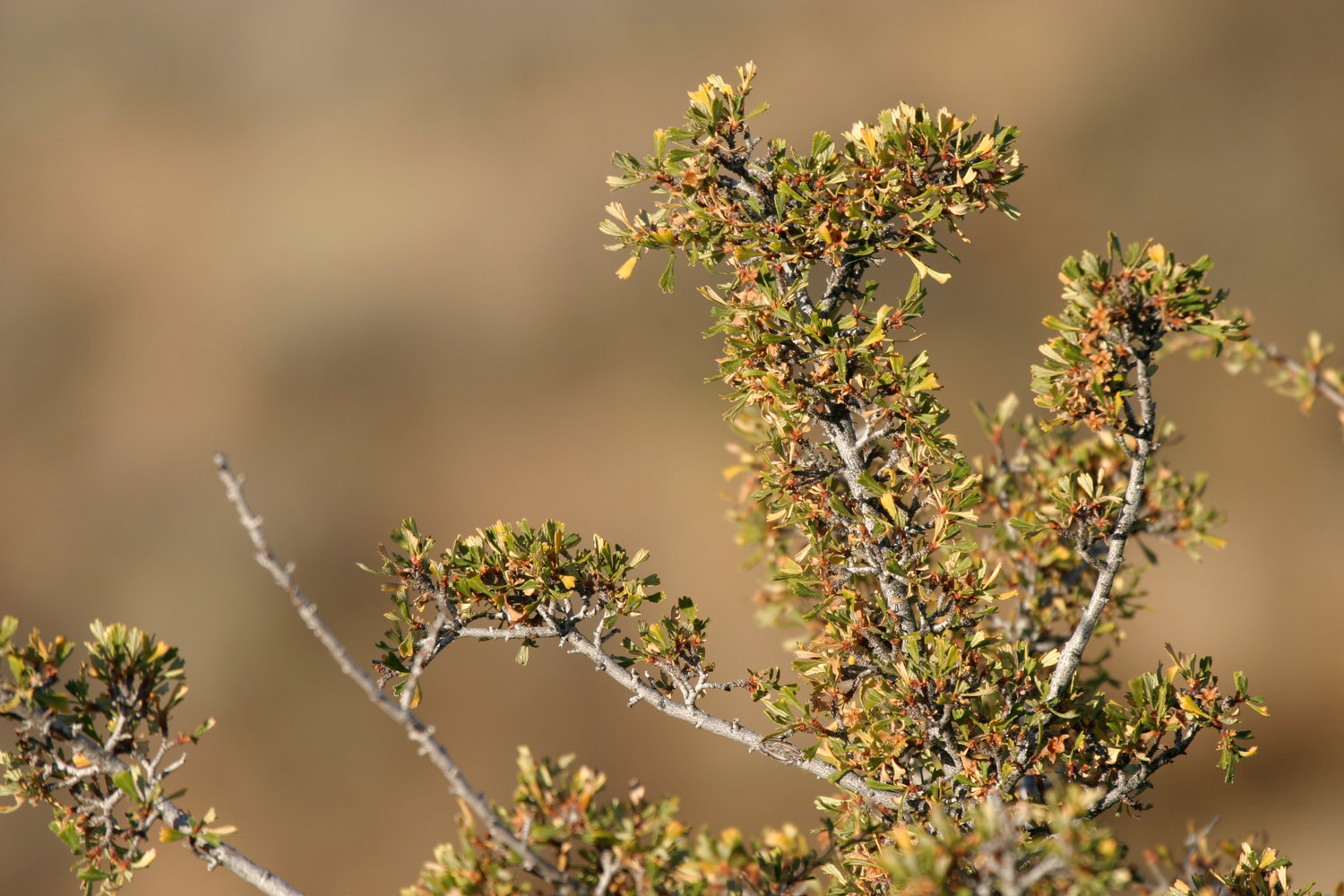
Antelope bitterbrush
Purshia tridentata
Moderate to deeply taprooted evergreen shrub 2-10 ft. tall with small yellowish flowers, blooming April to August. Adapted to a wide variety of well-drained soils, slightly acidic to basic, often deep, coarse profiles on dry slopes and hillsides within mixed shrub and woodland forest communities; up to 11,000 ft. elevation. Less drought tolerant than close relative Desert bitterbrush (P. tridentata var. glandulosa). Establishes by seed and layering, when branches take root after soil contact; some ecotypes may sprout. Mostly killed by wildfire. Occasionally able to produce nitrogen-fixing root nodules. Used for restoration, erosion control and mine reclamation. Moderately palatable to livestock and highly palatable to pronghorn, deer, elk and bighorn sheep. Caterpillar host plant for Behr's hairstreak butterfly and numerous moths, including Columbia silkmoth, Western sheepmoth, Walnut spanworm moth and Nuttall's sheepmoth.
- Growing Region: Intermountain West, Southwest, Pacific Northwest, California
- Blooms: Spring
- Life Form: Shrub
- Application Type: Habitat Restoration, Land Reclamation
- Height: 4+ ft
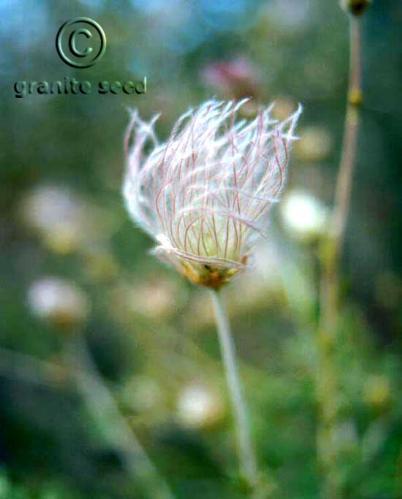
Apache plume
Fallugia paradoxa
Multi-branched deciduous to semi-evergreen shrub from 2-8 ft. tall with white showy flowers developing into feathery clusters of pinkish plumes, blooming April to December. Adapted to dry, sandy or gravelly soils of canyon bottoms, washes, ephemeral waterways and alluvial plains; 3,000 to 9,000 ft. elevation. Occurs in all the southwestern deserts and into the grassland and woodland habitats of surrounding regions. Extensively used as a xeriscape ornamental in landscaping. Often rhizomatous and colonial. Vigorous root-sprouter after wildfire. Protects dry washes during flash flooding. Browsed somewhat my mule deer, more so by pronghorn. Provides nesting cover for small mammals and numerous ground dwelling birds. Attracts native bees and butterflies and is a caterpillar host of Neumoegen's buckmoth.
- Growing Region: Southwest, Intermountain West
- Blooms: Spring, Summer
- Life Form: Shrub
- Application Type: Habitat Restoration, Land Reclamation
- Height: 4+ ft
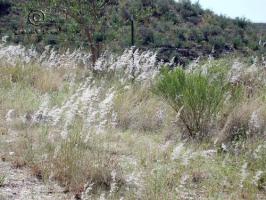
Arizona cottontop
Digitaria californica
Formerly Trichachne californica. Warm season, very drought tolerant, perennial bunchgrass adapted to deep well-drained soils. Rarely found in pure stands. Will repeatedly go to seed throughout the growing season when moisture remains available. Attractive white cotton-like seed heads make it useful as an ornamental. Extremely palatable to livestock and useful for improving rangelands.
- Growing Region: Southwest, Intermountain West
- Blooms:
- Life Form: Grass
- Application Type: Agricultural Conservation, Commercial Beautification, Habitat Restoration, Land Reclamation
- Height: 1-2 ft
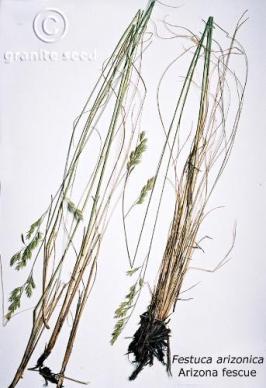
Arizona fescue
Festuca arizonica
Cool season, drought tolerant perennial bunchgrass with a coarse, dense fibrous root system. Most commonly found on thin, heavy soils but also occurs on deeper, coarser sites, often in association with Ponderosa pine communities. Provides good palatability to livestock and wildlife. Useful for controlling soil erosion and improving rangelands.
- Growing Region: Southwest, Intermountain West
- Blooms:
- Life Form: Grass
- Application Type: Agricultural Conservation, Erosion Control, Habitat Restoration, Land Reclamation
- Height: 1-2 ft
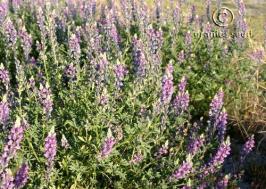
Arizona lupine
Lupinus arizonicus
Drought tolerant, leguminous native annual with deep blue or purplish flowers, blooming January to May. Occurs on disturbed sandy washes, roadsides or open desert; up to 4,000 ft. elevation. May “super bloom” following a wet desert winter. Seeds are eaten by various birds. Important pollen source for bees and other pollinators.
- Growing Region: Southwest, California
- Blooms: Spring
- Life Form: Forb, Legume
- Application Type: Habitat Restoration, Land Reclamation
- Height: 1-4 ft